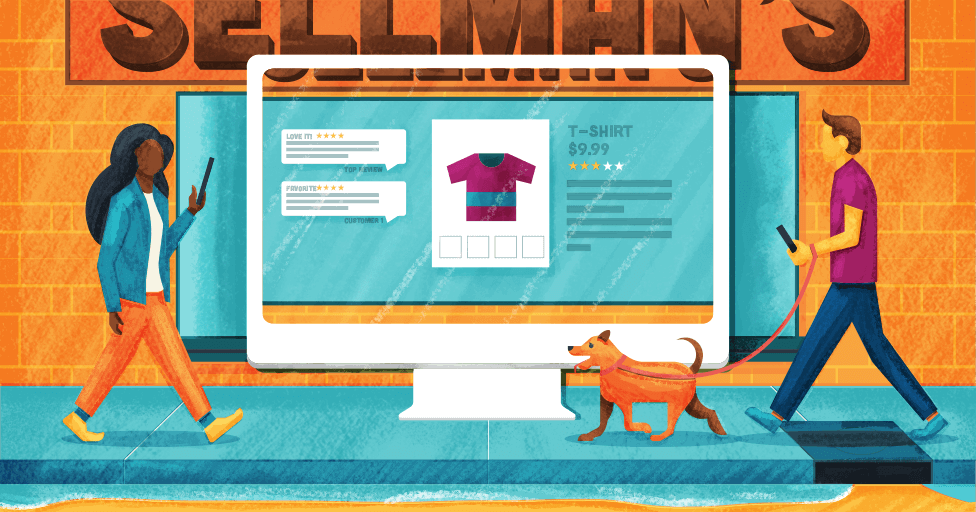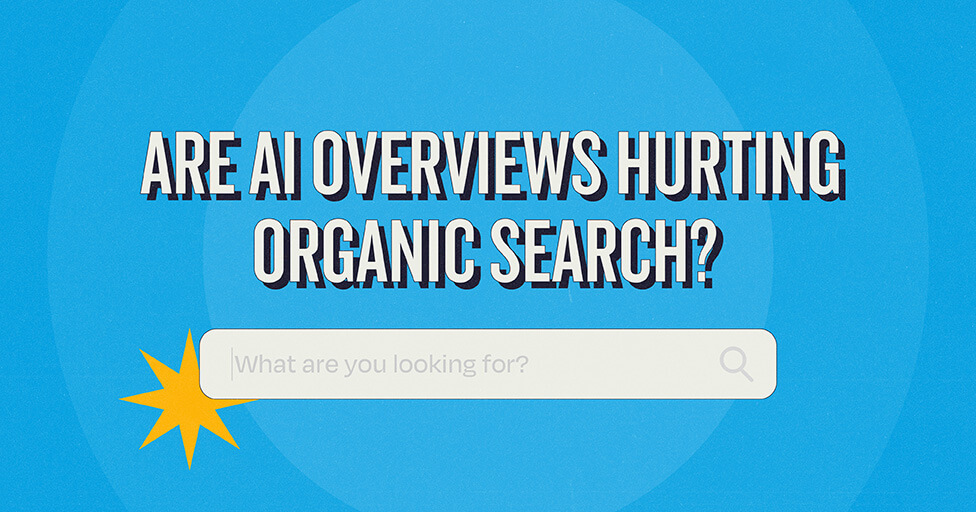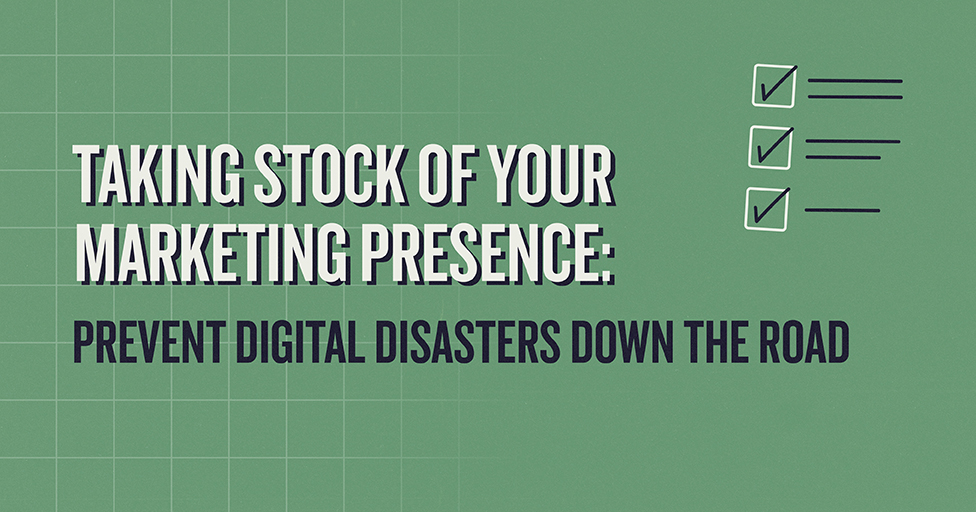
It is no secret that online shopping is on the rise, having surpassed the $517 billion mark (yes that is billion with a “B”)! So suffice it to say that it is here to stay. How do we make the most of the 30 minutes that 46% of people are spending online shopping each week? Simply put, content, content, content.
To engage both serial online shoppers, as well as those who are hesitant to click “purchase” (after all, you cannot tangibly evaluate a product before purchasing it), you can use a healthy combination of content, including imagery, videos, product detail and descriptions.
The expectation for content continues to increase. Three years ago, online shoppers expected to see, on average, three images of a product they were considering. However, the 18-24 and 35-44 age groups now expect eight images and at least four videos. Similarly, product details and descriptions are just as valuable. More than half of online shoppers claim to have abandoned products because of lack of information or product details.
So what product information is standard and what will help convert visitors to buyers?
Standard product information:
- Product name, price and description
- Product features and variations
- Product pictures and videos
- Call to action button (i.e. Add to cart)
Additional product information that helps conversion:
- Third party reviews, including a 5 star rating system
- Product pictures in use
- Return policy
- Customer service contact information
Once shoppers have the complete product story, brands should take it a step further and ensure that all images and content are cohesive from retailer to retailer. A consumer should be able to find a consistent product, so they feel confident in their purchase regardless of the retailer. Having a content strategy for specific retailers, like Amazon, can ensure content is cohesive.
Here are a few steps for selling your brand’s products online:
- Utilize a product experience platform, like WebCollage and Salsify, where you can upload content and designate the retailers. This makes content updates simple and saves time.
- Select images and videos that are either not dependent on the season or shows your product in use throughout the year. Again this saves time on turning over content and also shows breath and depth of your product(s).
- Tell your brand story by giving a brief history of your brand. If consumers are new to your brand, they will want to do their research to build trust. Save them time and risk of clicking away from your product page by sharing your brand story and what makes you a valuable piece of your product vertical.
Through imagery and product and brand details, you can narrow the margin of reasons why the consumer should not buy. If you’re looking for your products to stand out online (and in-store!), give us a shout.
https://viewcontent2.emarketer.com/Content/online-shoppers-expectations-for-visual-merchandising-rises-dramatically?ecid=NL1016
Subscribe to our newsletter
Get our insights and perspectives delivered to your inbox.


